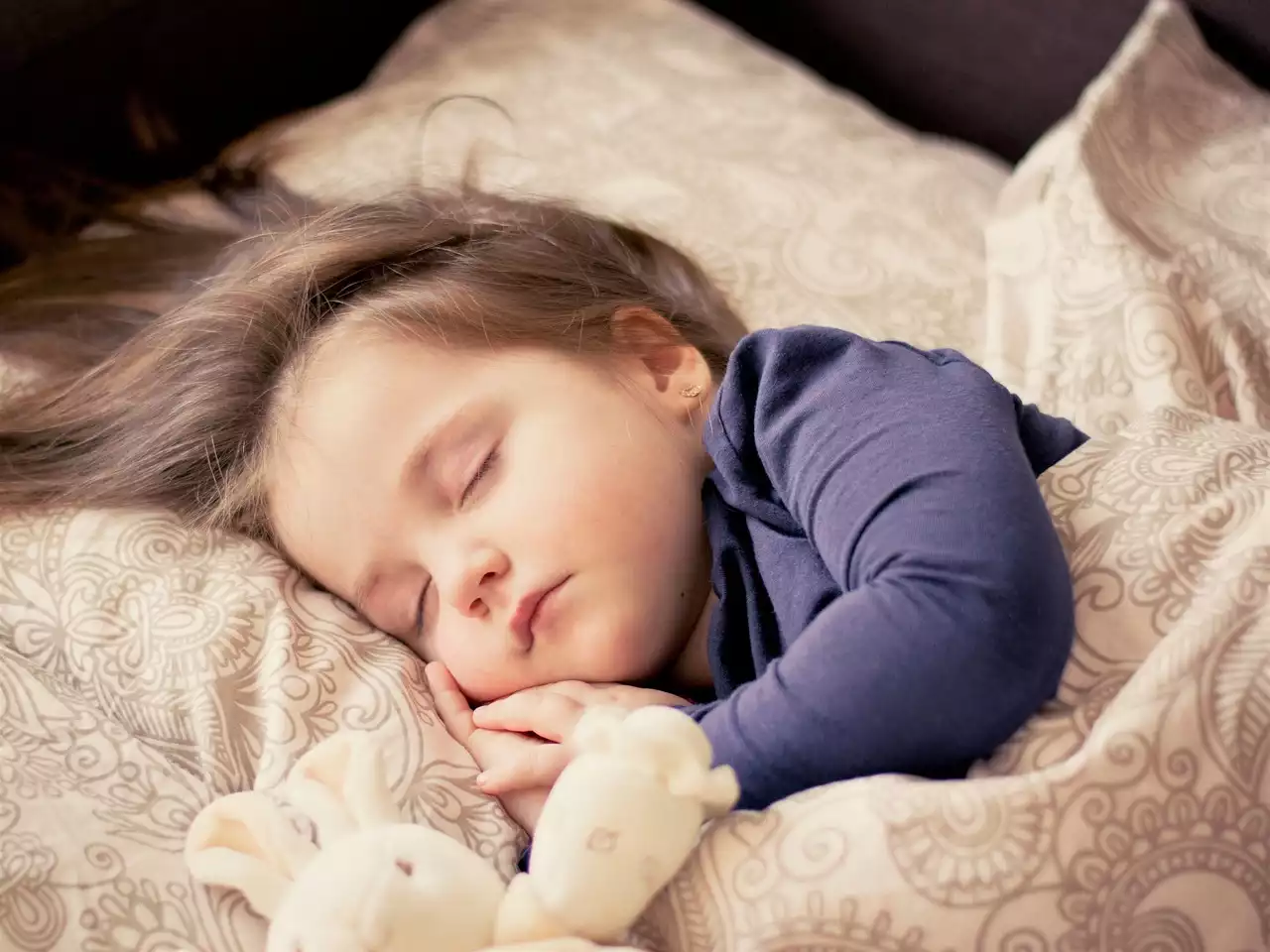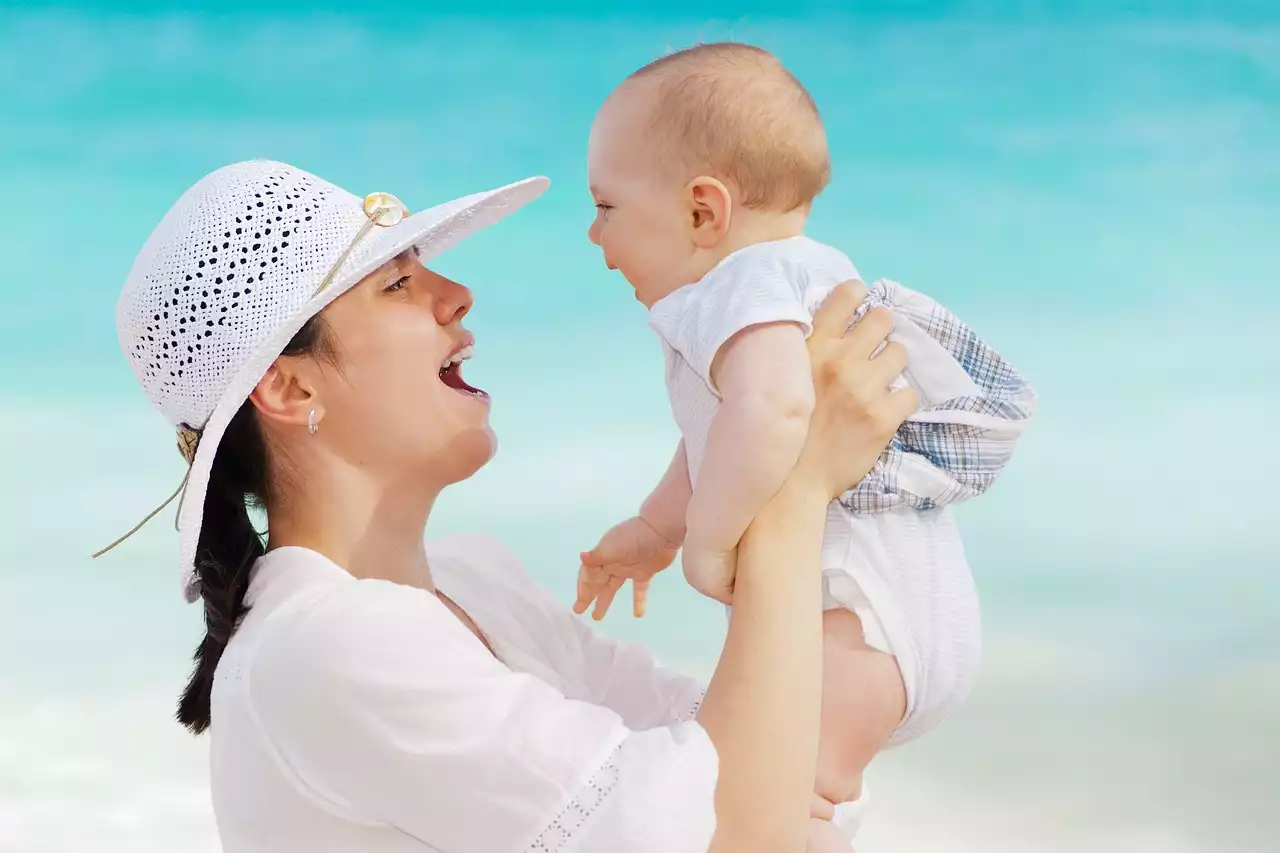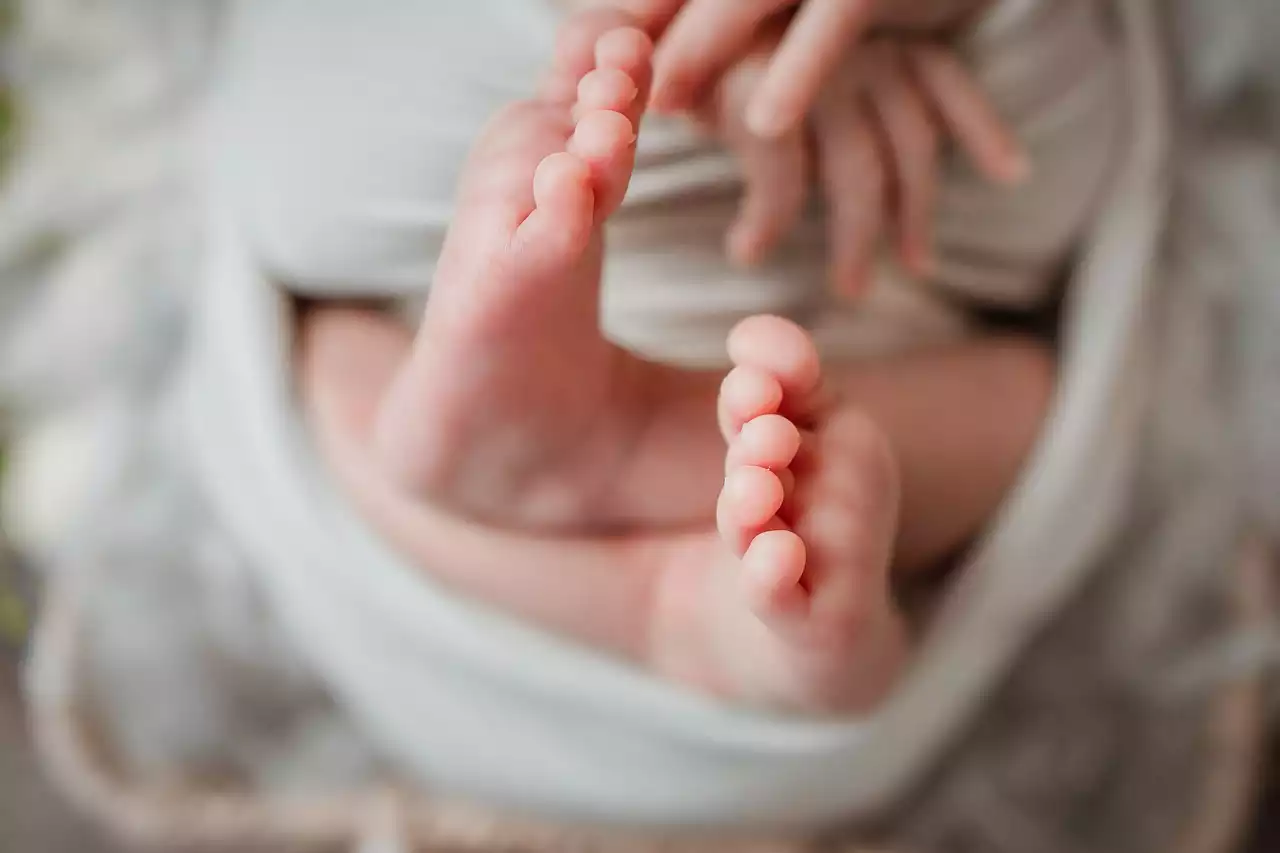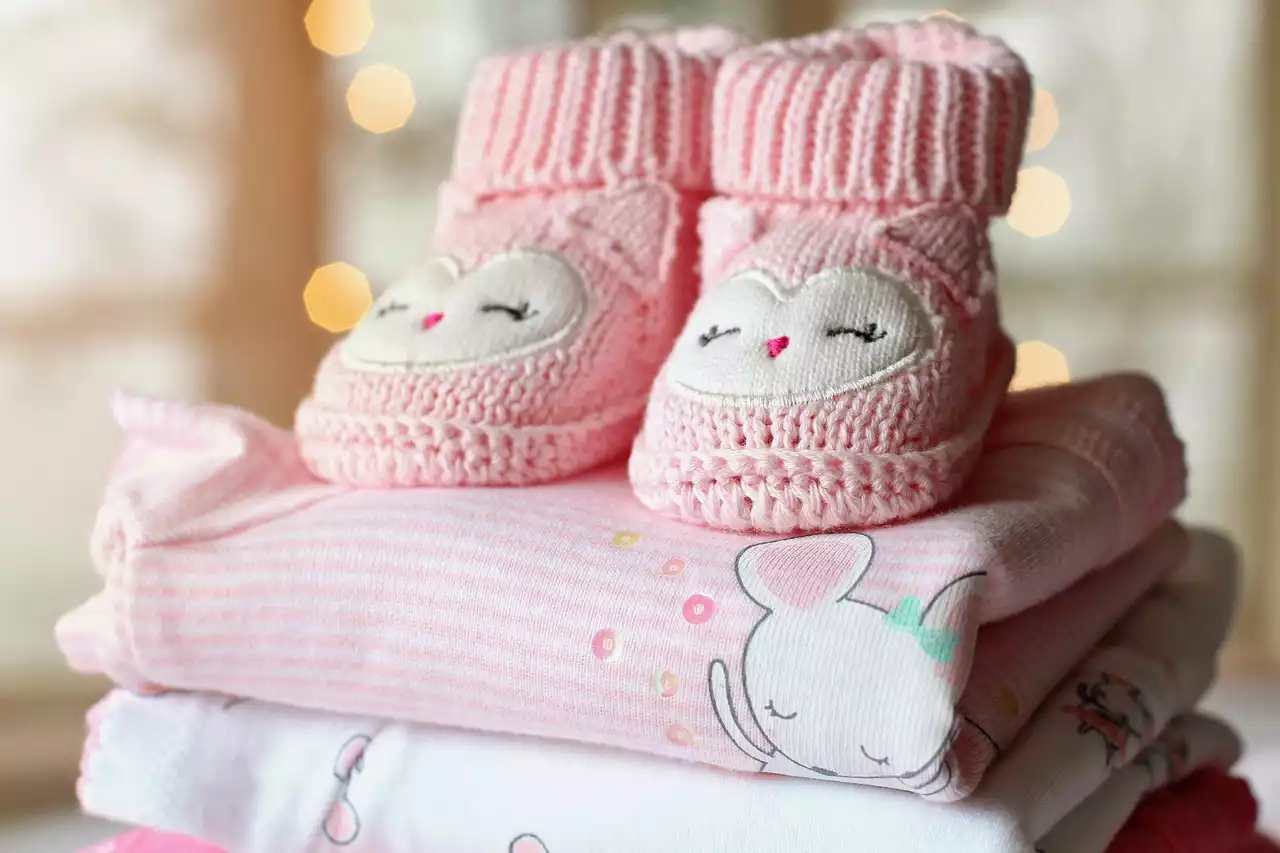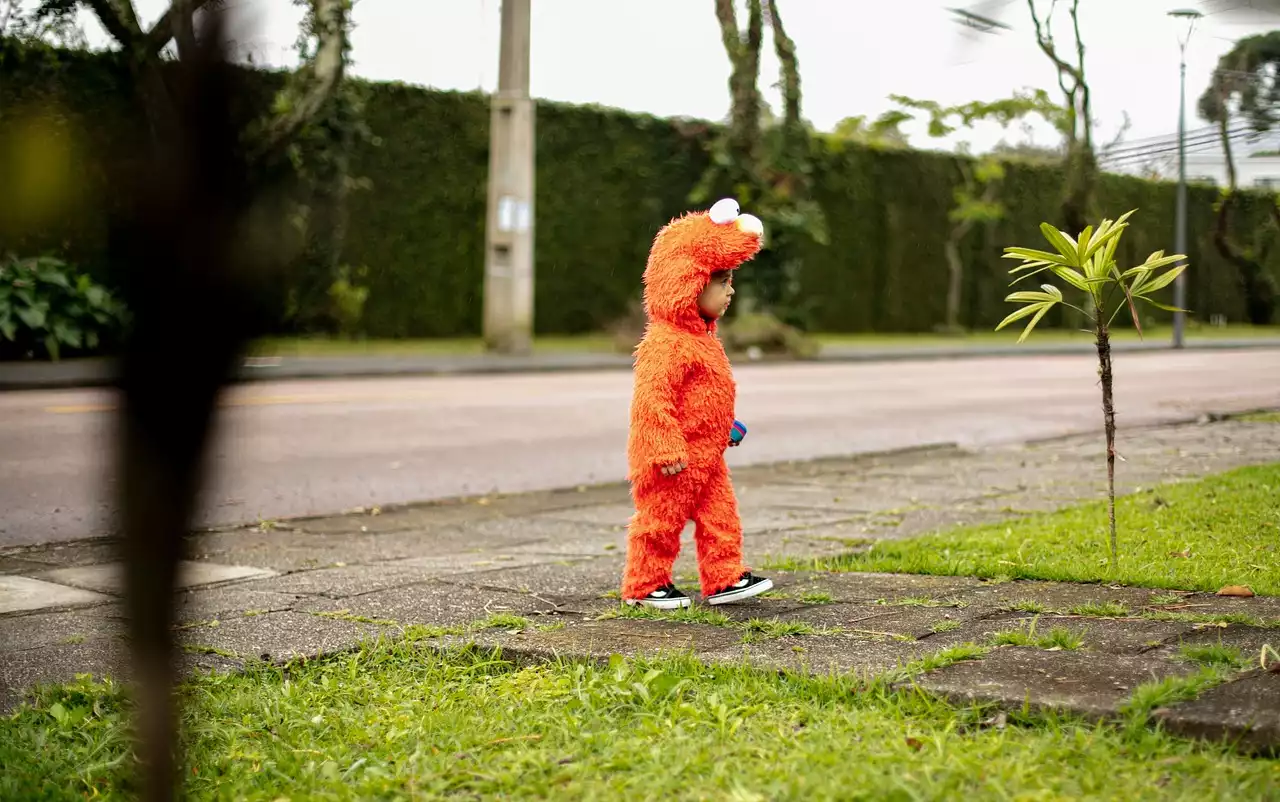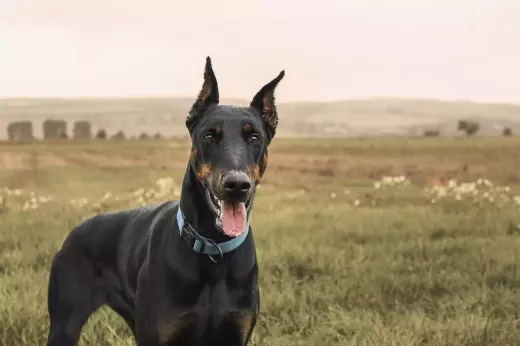Types of Winter Wear for Babies
There are many different types of winter wear for babies, ranging from onesies to blankets and more. Here are some of the most popular types of winter wear for babies. While not technically winter wear, baby onesies are an essential part of any baby’s winter wardrobe. They are a stretchy, and often, snap-closure onesies that can be worn both as a layer on warmer winter days and as a standalone piece on colder winter days. Similar to onesies, winter bodysuits are designed with a thicker fabric that is designed to trap in warmth. Winter bodysuits often have long sleeves and a high neckline to keep babies’ upper torso warm. While not as common, winter pants and sweaters are an essential part of any baby’s winter wardrobe. While there might not be as many adorable options available as there are with other baby winter wear, winter pants and sweaters are a necessary part of winter wear for babies, as they help keep babies warm and cosy. Blankets are not just for swaddling babies. They are also the perfect addition to any baby’s winter wardrobe. Whether it’s a lightweight blanket that can be used as a stroller cover or a thicker blanket that can be used as a stroller blanket or even a heavier blanket for use in a car seat, blankets are an essential piece of winter wear for babies.
Tips for Choosing the Right Winter Wear for Babies
When choosing the right winter wear for your baby, it’s important to consider the environment they will be spending their time in the most. If your baby is spending most of their time indoors, you don’t need to worry as much about outdoor wear. If your baby will be spending time outside, however, it’s important to find outdoor wear that is warm enough, but not too warm. Consider Temperature Extremes - When you’re shopping for winter wear for babies, it’s important to consider the temperature extremes in your region. While it might still be cold enough for you to need winter wear for your baby in some regions, it may still be warm enough for you to use lightweight, summer wear. While it’s important to dress your baby in winter wear that is warm enough, it’s also important to consider what they will be wearing underneath. Thicker tights, socks, and leggings can be worn underneath thinner layers to trap in warmth. While you might want your baby to look absolutely adorable in their winter wear, it’s also important to think about the rest of their outfit. Will your baby be wearing a coat that will make their adorable hat look silly or an adorable hat that will make their coat look silly?
Essential Winter Clothing for Babies
Shoes are an essential part of any baby’s winter wardrobe, as they protect their feet from the cold and from being stepped on by others. Shoes should be snug, but not too tight on your baby’s foot, as it can cause their foot to cramp up in their shoe and cause them pain. While you can use mittens on your baby to keep their hands warm, it’s often better to give them gloves to allow them to have more control over their fingers. It’s important, however, to make sure that the gloves you choose for your baby are not too tight and that they allow your baby’s fingers to move freely. Just like shoes, it’s important to give your baby a hat that they can wear outside in the cold weather. It’s important, however, to make sure that the hat is fitted properly so that it doesn’t fall off and that it’s not too tight on your baby’s head.
Winter Outerwear for Babies
Hooded jackets are an essential part of any baby’s winter wardrobe, and are often the outerwear of choice for many parents. They are a great option for babies that are still in the car seat, as many car seats have a hooded jacket pocket on them so that parents can keep their baby warm. - Winter Coats - While winter coats are an essential part of any adult’s winter wardrobe, it’s important to make sure that you’re not putting your baby in a winter coat too soon. In general, it’s best to wait until your baby is at least six months old before putting them in a winter coat. Just like with winter coats, you don’t want to put your baby in winter footwear too early, as it can be too restrictive on their foot and cause their feet to cramp up. In general, it’s best to wait until your baby is at least six months old before putting them in winter footwear.
Accessories to Keep Babies Warm in winter
A stroller cover is an essential part of any baby’s winter wardrobe, as it allows you to keep your baby covered and warm while out and about. A stroller cover is designed to fit over your stroller, offering protection from the cold in both hot and cold weather. Boot/glove combos are a great way to keep your baby’s hands warm without needing to put them in full gloves. If your baby has a foot that is larger than their other foot, it’s important to make sure that you put the boot on the larger foot and the glove on the smaller foot. Booties are another great way to keep your baby’s feet warm. While they don’t keep their feet as warm as boots, booties are easier to put on your baby’s feet and offer protection from the elements.
Safety Tips for Winter Wear Shopping for Babies
It’s important to make sure that everything you put on your baby fits properly, including their winter wear. While you may be tempted to stuff your baby into winter clothing as tight as possible to keep them warm, it’s important to make sure that everything fits properly. It’s important to make sure that your baby doesn’t have too many layers on at once. Too many layers can make your baby feel too warm, leading them to sweat in their layers and potentially develop a rash. It’s important to make sure that any products you use on your baby are safe and non-toxic. While there are many products that claim to keep your baby warm, some of them may be harmful to your baby’s skin. It’s important to make sure that your baby’s feet stay dry, as wet feet can cause a rash to develop. It’s important, however, to make sure that the footwear you use keeps your baby’s feet dry, as many winter boots are not waterproof.
